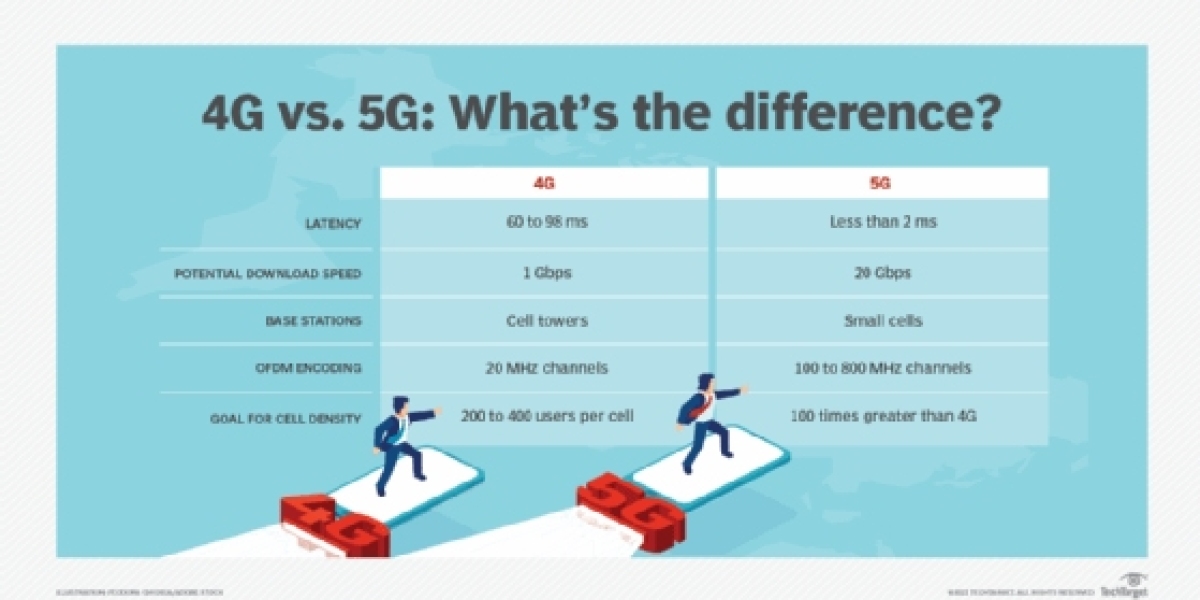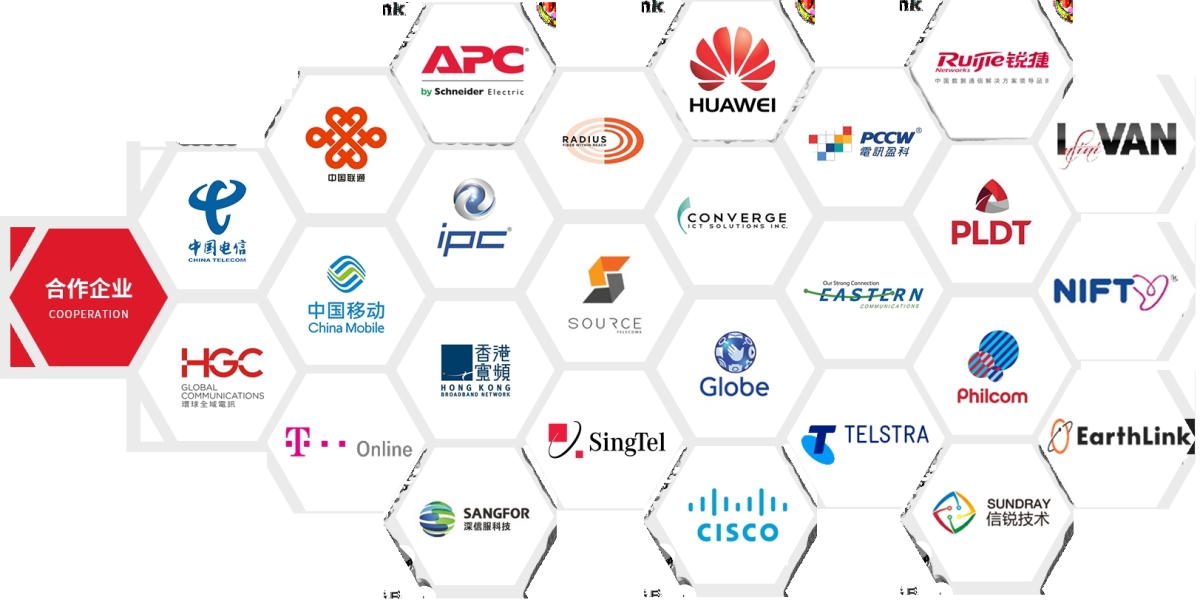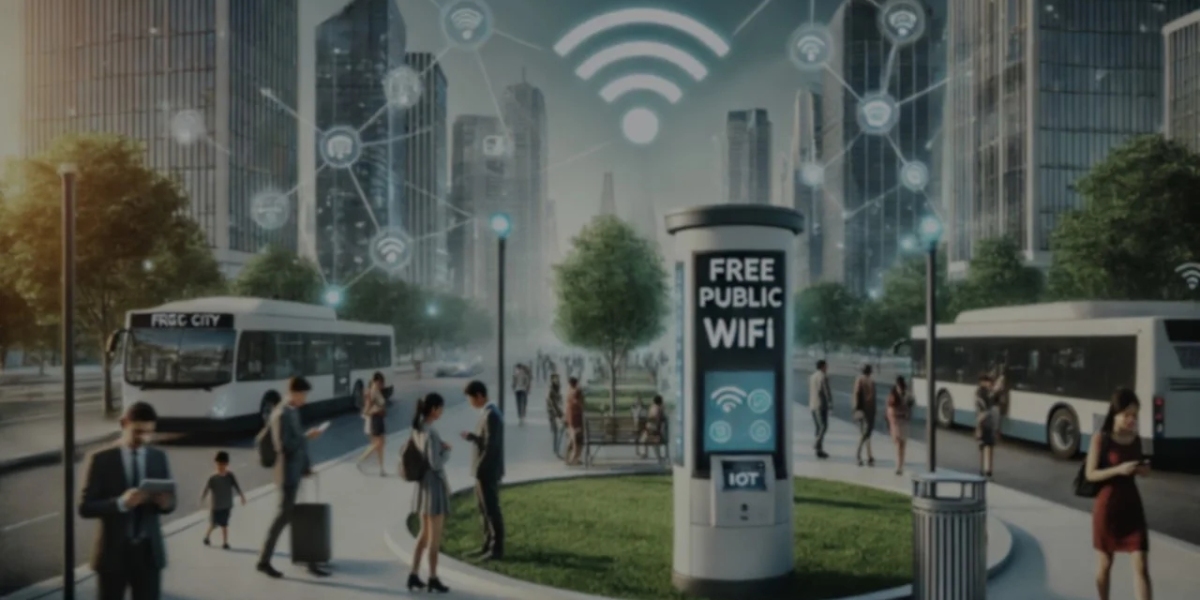? Reason 1: Not All 5G Is the Same
There are two types of 5G deployment:
| Type | Description | Speed | Notes |
|---|---|---|---|
| NSA (Non-Standalone) | 5G radio on top of 4G core | Often same or slightly better than 4G | Most common in early rollouts |
| SA (Standalone) | Full 5G infrastructure | True low-latency & high speed | Still limited in many regions |
✅ If your phone connects to NSA 5G, performance may not be better than advanced 4G (LTE-A).
? Reason 2: 5G Uses Higher Frequencies (Poor Penetration)
5G often uses sub-6 GHz or mmWave bands.
Higher frequencies = faster speed but weaker wall penetration.
Indoors, your phone might:
Fall back to 4G without telling you
Stay on weak 5G signal with worse performance
? Reason 3: Network Coverage Is Incomplete
5G towers are more dense and shorter range than 4G.
In many areas (especially rural), 5G coverage is spotty.
Even in cities, you may connect to a far 5G tower, which gives lower speeds.
? Reason 4: Phone Settings or Apps Misbehaving
Some devices prioritize "5G" regardless of actual quality.
Background apps, VPNs, or outdated software can slow things down.
✅ Tip: In areas with poor 5G, go to Settings > Mobile Network > Preferred network and select 4G/LTE instead of 5G to improve stability.
? Reason 5: Real-World Congestion
More users on 5G = more traffic.
Just like highways, congestion reduces average speed.
Early adopters may expect "premium" experience, but networks are still catching up.
? Summary:
5G is powerful—but only when implemented properly and in the right environment.
If you’re indoors, in a weak coverage zone, or using an older phone, 4G might still perform better.









